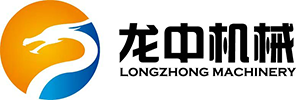

Placer gold deposits are a significant source of gold, and the beneficiation technology used directly impacts recovery rates and economic viability. Depending on the ore characteristics and production scale, two highly efficient and widely used processing routes are employed: the Sluice-Based Production Line and the Gravity Separation Production Line. This article provides a detailed explanation of the equipment, workflow, and applications for these two systems.
1. Sluice-Based Production Line: Efficient, Flexible, and Cost-Effective
This line primarily consists of a Trommel Screen, Vibrating Sluice box, and Gold carpet Sluice box. Its core advantages are
simple structure, mobility, low investment cost, water efficiency, and high recovery rates. It is particularly suitable for small
to medium-sized deposits, scattered mineral spots, or mobile processing operations.
Core Equipment Introduction:
1) Trommel Screen
Function: Acts as the vanguard of the production line, responsible for scrubbing, washing, and screening. Through the rotation
of its drum and with the help of internal spiral blades and high-pressure water jets, it breaks up cemented clay lumps and removes
oversized gravel and debris (typically larger than 10-20mm).
Purpose:
To provide properly sized and preliminarily washed sand for subsequent concentration processes, preventing blockages
in downstream equipment.
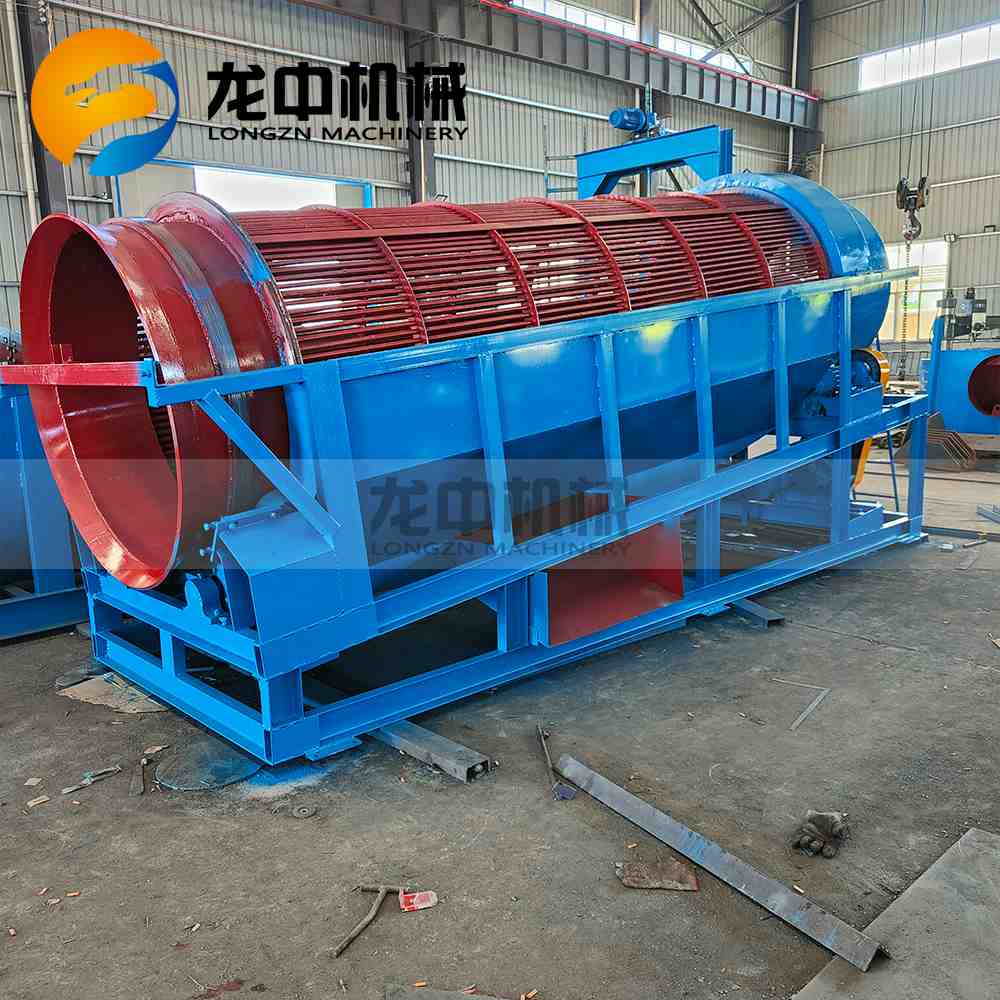
2) Vibrating Sluice Box
Function:
This is the core equipment for roughing and scavenging in the line. It is an improvement on the traditional fixed sluice,
incorporating a mechanical pulsating mechanism that moves the base plate in an up-and-down reciprocating motion.
Working Principle: As the slurry enters the sluice, the pulsating action allows denser gold particles to penetrate the "artificial blanket"
(usually a rubber mat or specialized rug) in the bed layer and become trapped. Lighter gangue minerals are carried away
by the water flow. This pulsation effectively prevents bed compaction—a common issue in fixed sluices—significantly
increasing gold capture rates.
Advantage: Far higher recovery rate than fixed sluices, allows for continuous operation, and offers a high concentration ratio.
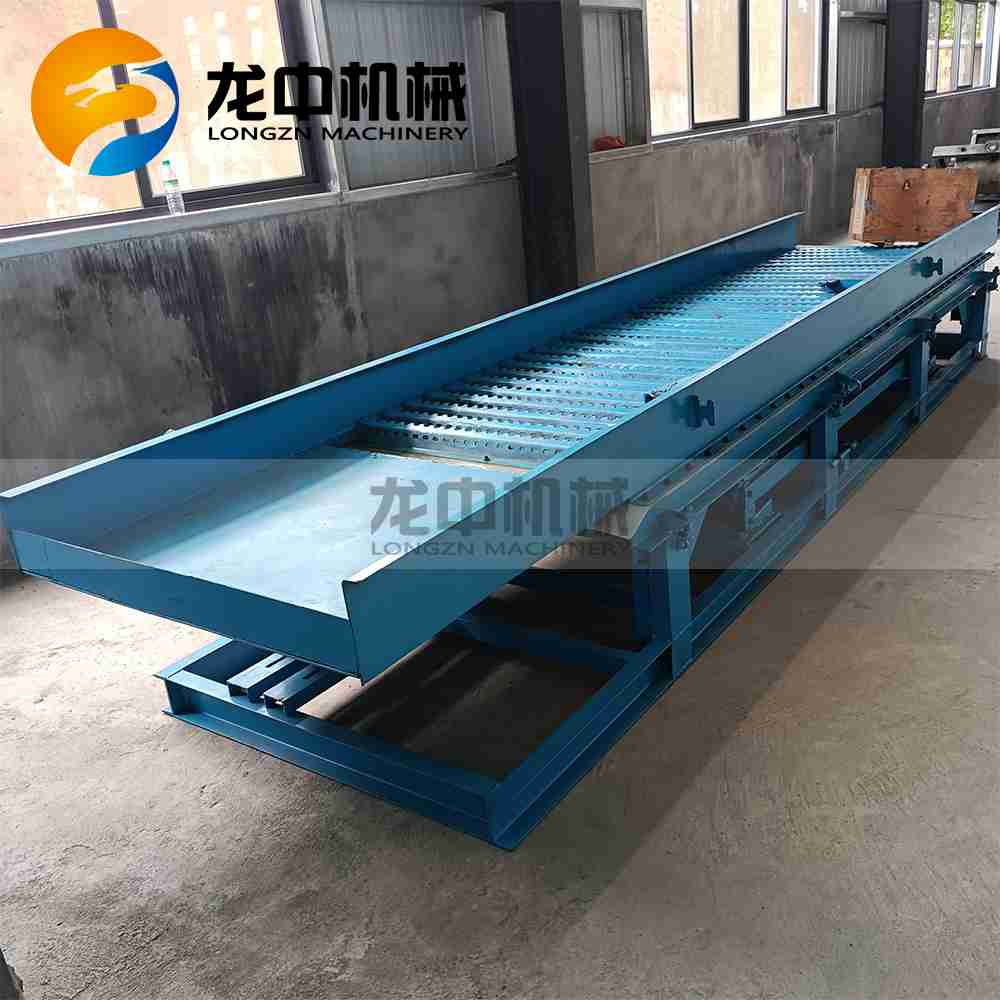
3) Gold Carpet Sluice Box
Function: Primarily used for cleaning operations, to capture fine gold from the concentrate produced by the vibrating sluice or directly from the slurry.
Working Principle:
Its base is lined with a special gold mat or rubber matting with deep grooves. These materials have a strong adhesive force
and unique hydrodynamic design, acting like "glue" to trap gold particles passing over the surface. They are exceptionally effective for recovering
flake gold and fine gold.
Advantage:
Powerful gold-catching ability, compact size, often used as the final recovery stage to ensure extremely high gold recovery.
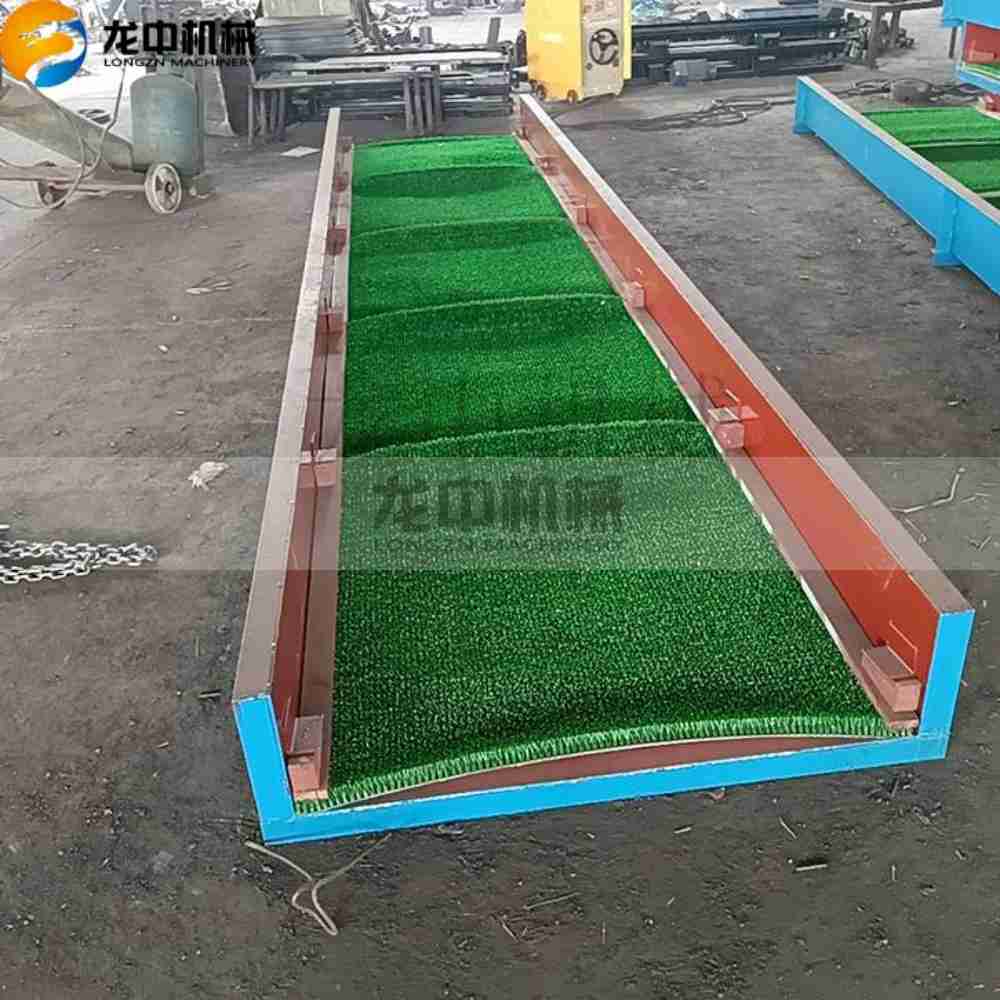
Process Flow Summary:
Raw ore is fed into the Trommel Screen for scrubbing and screening. The undersize material (sand and slurry) is evenly distributed to multiple sets of Vibrating Sluices for roughing and scavenging. The tailings from the vibrating sluices are usually discarded, while their concentrate (heavy sand enriched with gold) is collected and fed into the Gold Carpet Sluice for final cleaning, producing a high-grade gold concentrate.
For large-volume placer gold deposits with relatively complex mineral composition, a more comprehensive gravity separation combined line is typically used. This system consists of equipment such as a Trommel Scrubber, Jig Machine, Vibrating Screen, Centrifugal Concentrator, and Shaking Table. It features a longer, more detailed process for finer separation, enabling not only gold recovery but also the comprehensive recovery of other heavy minerals, maximizing economic returns.
Core Equipment Introduction:
1) Trommel Scrubber
Function: Similar to the trommel in the sluice line but typically more robust and with greater processing capacity. It is responsible for thorough disintegration, washing, and screening, serving as the first stage for large-scale processing.
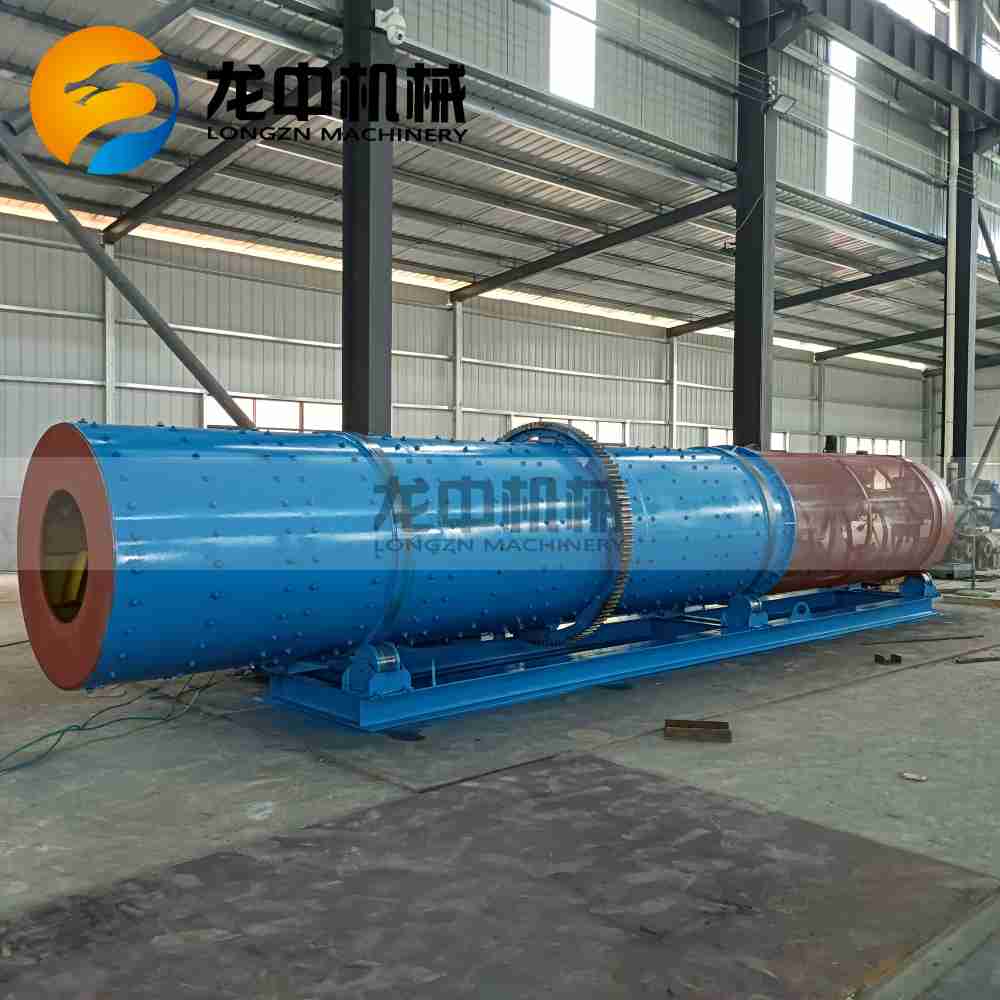
2) Jig Machine
Function: The core roughing equipment in the production line. It uses an alternating vertical pulse of water (similar to the "jiggling" motion of manual panning) to stratify particles by density.
Working Principle: The pulsating water action causes dense gold and other heavy minerals to sink to the bottom of the bed (becoming concentrate), while lighter gangue minerals float on top and are carried away as tailings. Jigs can handle a wide range of particle sizes, offer stable recovery rates, and have high processing capacity.
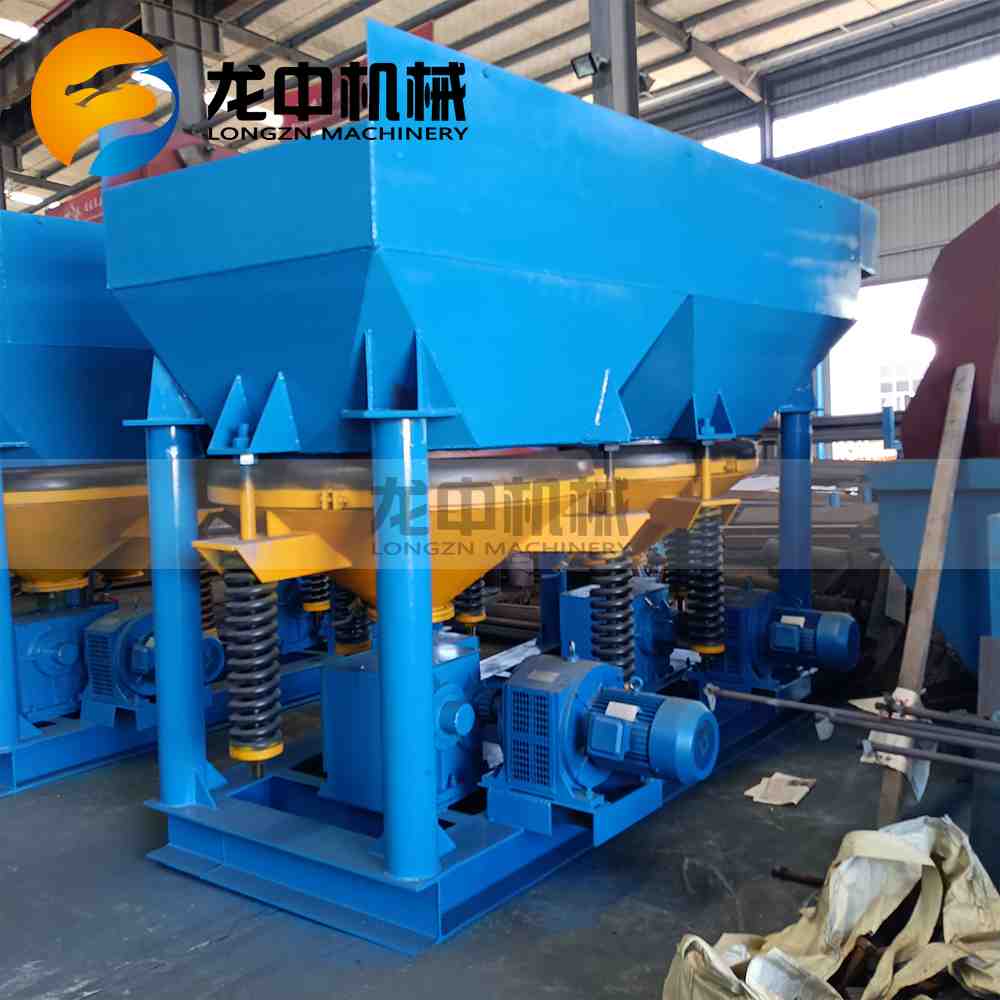
3) Vibrating Screen
Function: In this flow, the vibrating screen is mainly used for classification. It separates the rough concentrate or middlings from the jig into different size fractions (e.g., above and below 2mm). This provides a narrower size range of feed for subsequent equipment like centrifugal concentrators or shaking tables, greatly improving their efficiency.
4) Centrifugal Concentrator
Function: A key device for efficiently recovering fine gold particles. It generates powerful centrifugal force through high-speed rotation, creating a force field dozens or even hundreds of times stronger than gravity.
Working Principle: Under the strong centrifugal force, even micron-sized gold particles can be effectively separated from lighter minerals and deposited on the inner wall of the rotating bowl. It is exceptionally effective for recovering fine gold that is difficult to capture with traditional sluices and jigs.
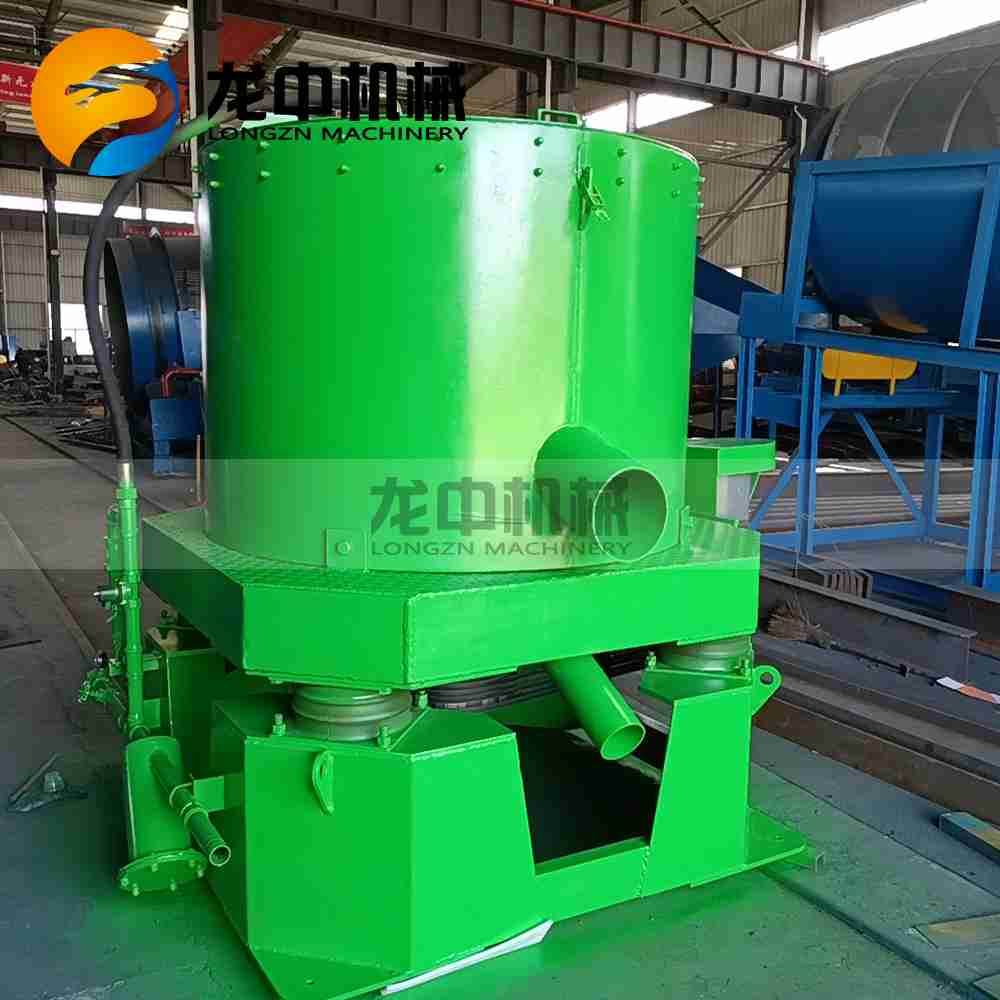
5) Shaking Table
Function: A classic cleaning device, often called the "king of gravity concentration." It uses a reciprocating asymmetric motion and lateral water flow across the deck to achieve precise separation of particles based on both density and size.
Working Principle: Minerals of different properties form fan-shaped bands on the table deck, ultimately separating into final concentrate, middlings, and tailings. The concentrate produced is of very high grade.
Advantage: High separation precision, visual process control, capable of producing high-grade gold concentrate and other saleable heavy minerals (such as zircon, ilmenite, etc.) simultaneously.
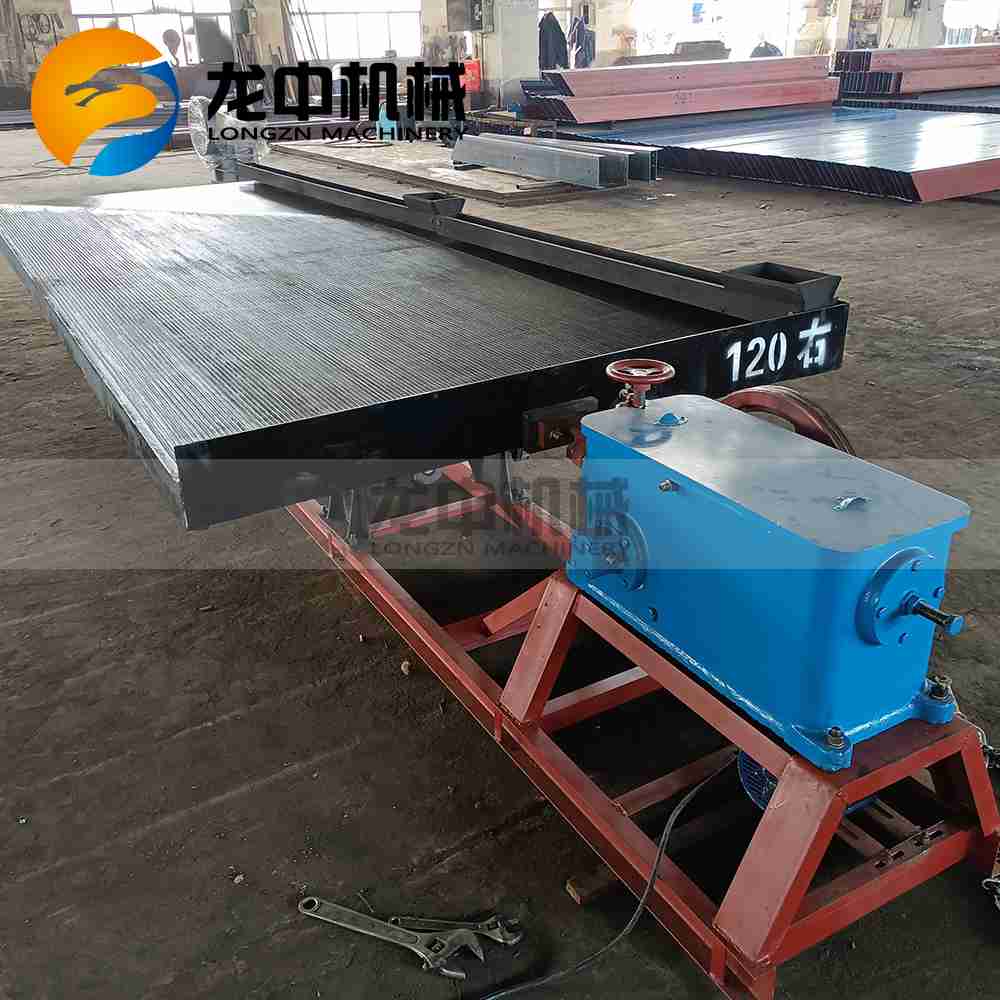
Process Flow Summary:
Raw ore is pre-processed by the Trommel Scrubber. The undersize material then enters the Jig Machine for roughing, where the majority of tailings are discarded. The jig's concentrate is classified by the Vibrating Screen. The oversize coarse material may be returned for regrinding or sold directly as heavy mineral sand. The undersize fine material enters the Centrifugal Concentrator to recover fine gold. The concentrate from the centrifugal concentrator and some middlings from the jig are finally fed onto the Shaking Table for precise separation, yielding high-grade gold concentrate and potentially other heavy mineral products.
Selection Advice:
For placer gold deposits with smaller reserves, scattered distribution, or requiring frequent relocation, the Sluice-Based Production Line is the preferred choice due to its low investment, quick returns, and high flexibility.
For large-scale projects with substantial reserves, complex mineralogy, and the pursuit of higher recovery rates and comprehensive economic benefits, the Gravity Separation Combined Production Line offers greater
long-term advantages due to its robust processing capacity, precise separation, and by-product recovery potential.
Regardless of the chosen method, conducting detailed ore beneficiation tests before construction and designing a customized process flow based on the results is a crucial step to ensuring the success of a placer gold investment.